
Instagram is not a casual social media platform anymore. It’s a hub for businesses, coaches, influencers, solopreneurs, and more.
But the platform is becoming more competitive with each passing day. It’s tough to create content consistently, stay on top of trends, and engage with the audience regularly while managing a full-fledged business.
That’s why businesses are choosing to hire dedicated Instagram managers these days. By looking after all important aspects of their clients’ Instagram profiles, managers take a huge burden off their shoulders, helping them focus on other aspects of work.
If you’re interested in Instagram and content creation, the role of a manager could be perfect for you.
This article will explore how you can become an Instagram manager in 2021 and help your clients get closer to their goals.
What is an Instagram manager?
Instagram managers are social media managers who specialize in running and monitoring Instagram accounts for businesses or individuals.
Consider Monique Lombardo here. She’s an Instagram manager and coach who focuses on Instagram content creation, strategy building, and management for her clients.

In general, this role involves preparing a content strategy, creating content, interacting with followers, and monitoring online growth. Here’s a rundown of the responsibilities of an Instagram manager:
What does an Instagram manager do?
As an Instagram manager, your main goal is to grow your client’s Instagram presence and help them make more revenue—whether it’s by making sales directly through Instagram or increasing brand awareness. In short, you’ll be a marketer specialized in Instagram management.
To achieve this, you will perform a host of tasks like:
1. Content Creation
Your primary responsibility is to prepare a solid content strategy for your client’s Instagram profile after understanding their brand, audience, and competitors. Instagram is a visual network that’s primarily about images and videos. You will need to create a lot of them with tools like Canva.
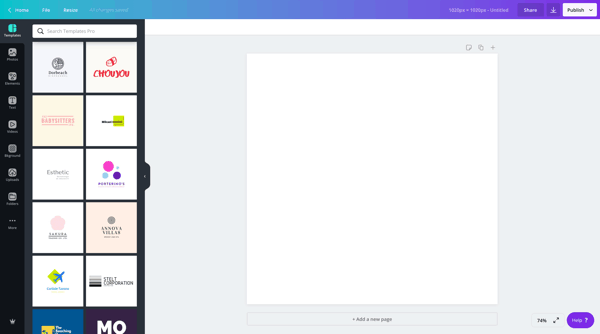
Since hashtags are an important aspect of Instagram, this also involves making a proper working hashtag strategy to get your clients more reach and exposure.
Moving forward, you will create relevant and engaging content for clients based on research findings, so it connects with their audience and moves the needle towards achieving their goals.
After creating posts, you can either manually publish them or schedule them with Canva itself or use a tool like Tailwind.
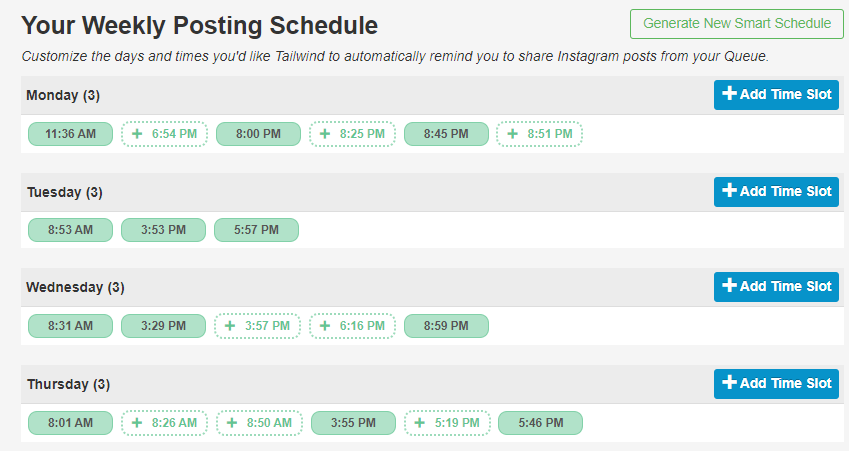
Tailwind also has a feature called Create that helps you semi-automate content creation. This can save a lot of time. You can read our Tailwind review here.
2. Customer Relations
Customers reach out to brands on social media to give feedback or clarify queries about their products or services. Since you’re managing the profile, replying to Instagram stories, DMs, comments, and tags will count as engagement responsibilities.
For this, you’ll need a thorough understanding of the brand and its voice and personality.
For instance, notice how the social media team at Design Cafe responded to a comment on their Instagram.

3. Growth Tracking
Your role boils down to helping your clients boost their Instagram growth and attract more customers. And to measure the success of your efforts, you need to check on metrics like organic follower growth, reach, impressions, etc.
You can use Instagram’s in-built analytics or tools like Creator Studio to get a deeper look at how your campaigns are performing and where you can improve.
A good practice would be to compile all your insights into reports—so you can compare your growth over time and prepare better-optimized strategies for your clients.
4. Competitor Research
While running a client’s Instagram account, you should keep an eye on their competitors.
Observe what content they post and when, how they engage with their Instagram followers, and the strategies they use to boost engagement.
You can modify your own Instagram strategy based on this research.
5. Test and Run Ads
Posting content and engaging with your audience consistently while using the right hashtags are great ways for driving organic growth on Instagram. But to get more eyeballs on your client’s profile and boost brand awareness and sales, you may have to run Instagram ads.

As an Instagram manager, you should know how paid advertising and bidding works and which ad format to use when.
How much does an Instagram manager make?
If you’re just starting out, you can charge $10-50 per hour, based on your experience and the scope of work. Intermediate Instagram managers can charge $50-100 per hour, while experts can charge $100+. Meanwhile, salaried Instagram managers can earn around $51k-120k annually.
Instagram managing can make for a lucrative career option. Let’s dive into how you can get started as an Instagram manager today!
How to become an Instagram manager?
Working as an Instagram manager means you will have to learn, experiment, and explore constantly. Here’s how you can get off on the right foot and build a solid foundation for your career:
1. Understand how Instagram works
Every platform works differently, and Instagram is no exception. Providing services without truly understanding the what, how, and why is like shooting aimless darts in the dark aiming to hit the bull’s eye. If you want to get some serious results for your clients, understand the ins and outs of the platform.
Here are some strategies to start educating yourself about the platform:
- Check out blogs and YouTube: Start by reading blogs and watching YouTube videos from experts to understand the inner workings of Instagram. These resources are free and can help clarify your basics before moving forward.
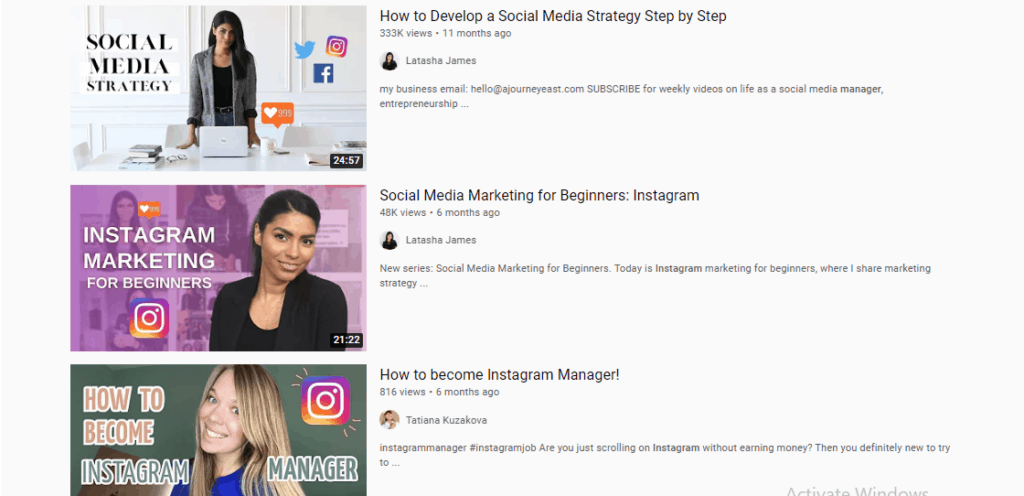
- Take online courses: Free or paid online courses can give you practical and in-depth knowledge on starting and growing on Instagram. You can explore courses by Hubspot Academy, Udemy, Skillshare, etc. It’s best to do your research, compare the syllabus of each course, and take up the one that suits your needs.
- Hire a coach: Although this is a more expensive option, an experienced coach can give you strategic advice on how to start, acquire clients, and avoid common mistakes.
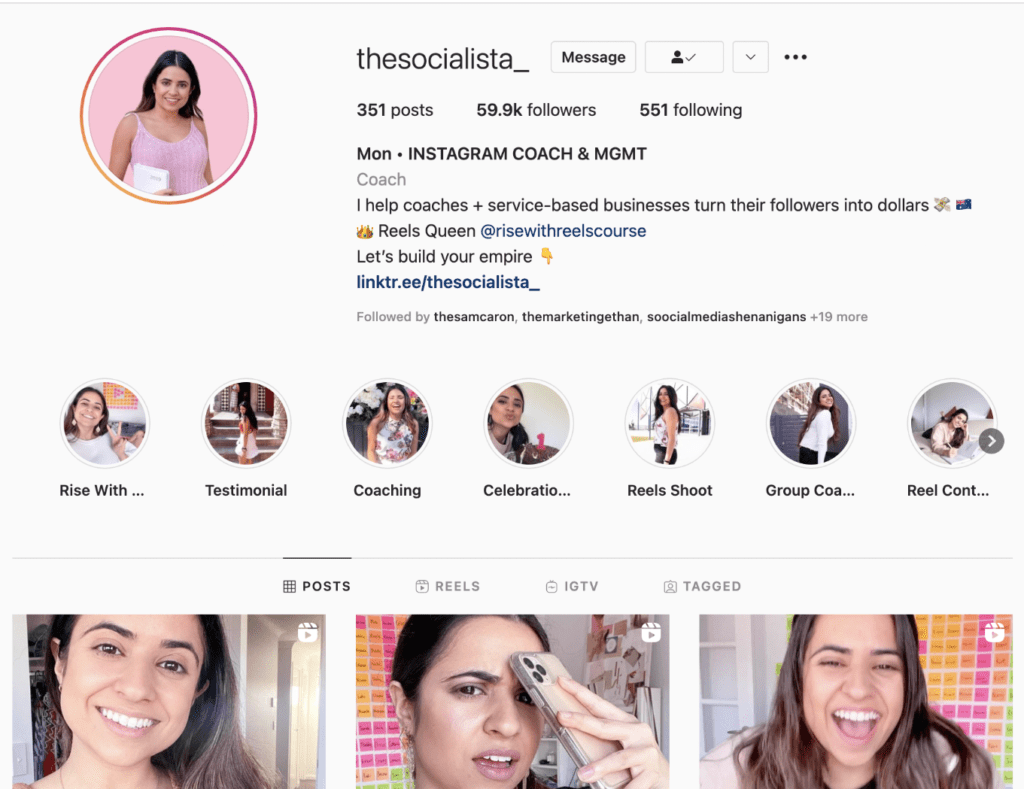
Even after you’ve entered the field, keep learning and upskilling yourself so you can provide top-notch services to your clients that get meaningful results.
2. Sharpen your skillset
There are 200 million+ business accounts on Instagram, and the platform is only growing and becoming more competitive.
To create standout content and bring significant results for your clients, you need to work on diverse skills like:
- Copywriting: Your Instagram content should reflect your brand’s personality and attract and speak directly to your audience. And to create attention-grabbing and crisp social media copies, you’ll need strong copywriting skills. If you’re working for a big brand or agency they might have a copywriter who can help with this.
- Research: Researching your client’s audience, competitors, and industry to create targeted and engaging content will be part of your role. You should also keep yourself up-to-date with the latest trends to see anything extra you can bring to your audience.
- Analytical: As an Instagram manager, you have to analyze metrics and insights to see how your posts perform. This will help you improve the quality of your content and tweak your strategy to accommodate trends.
- Time management: When involved in social media, it can be easy to get absorbed and lose track of time. Work on your time management skills—this will be especially helpful when you’re handling multiple social media accounts.
To save time, you can use Instagram tools, which brings us to our next point.
3. Get the hang of necessary tools
Doing all the work by yourself can be very taxing, especially when working on multiple client profiles on different platforms—this is where tools help.
Instagram tools help you create and schedule posts, study analytics, and give insights about your audience. By automating processes, they help you save time which you can then use to create more content or take on more clients. Overall, they make your work quicker and more efficient.
Some tools worth exploring are:
- Instagram Creator Studio: This amazing tool helps you schedule all your Instagram posts—from images and carousels to IGTVs. All you have to do is create the post and the caption. Then, you can choose the exact date and time you’d like it to go live.
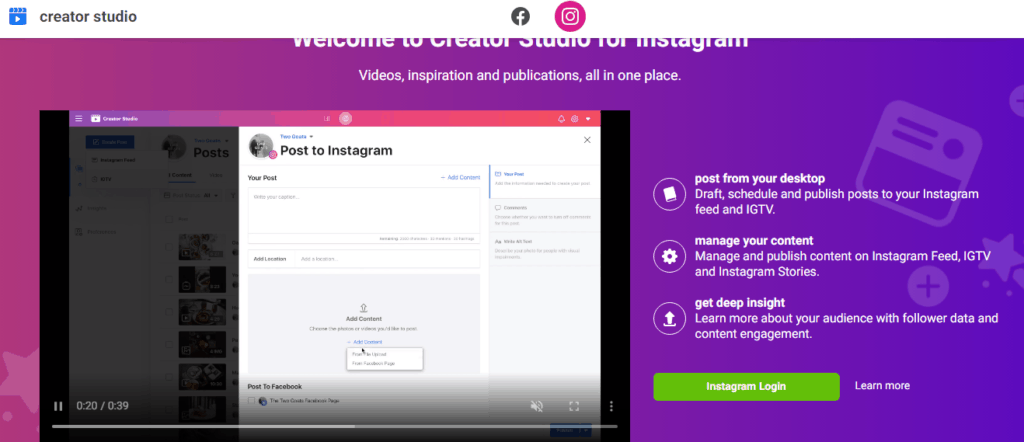
- Hootsuite: Besides letting you schedule posts with a few clicks, Hootsuite also provides rich analytics. It helps you track competitors, audience, and industry hashtags. Its strength lies in providing visual reports—they help you see how your Instagram strategy is working and where you need to improve.
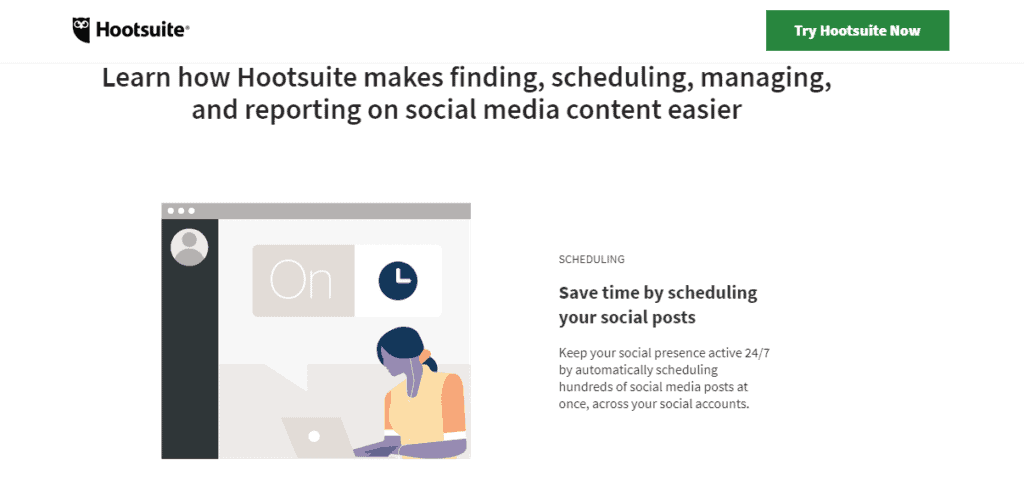
- Buffer: The tool helps you plan, execute, and analyze campaigns and engage with your audience—all from one place. It’s budget-friendly and easy to use and understand, making it a top choice for small businesses.
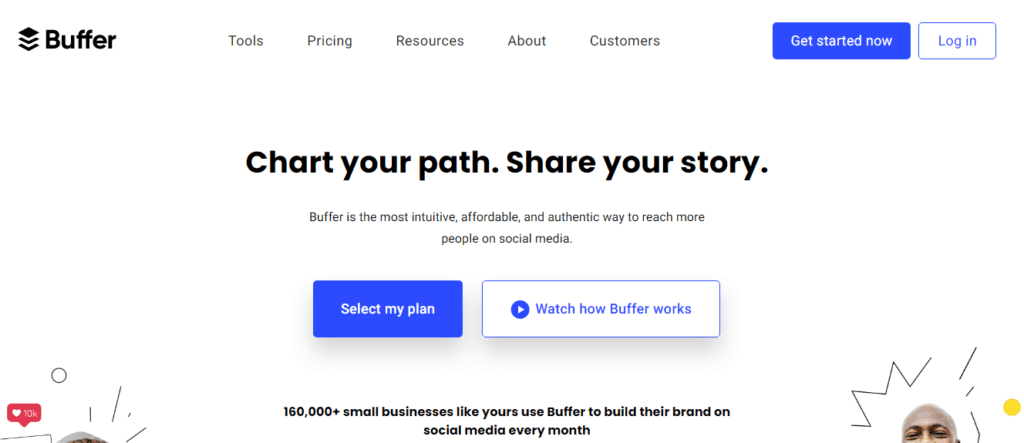
- Later: Later also provides planning, scheduling, and analyzing features. But what makes it stand out is its content visualization feature. After scheduling posts, you can see how they’ll look on your profile and change their order based on your feed’s aesthetics.

Most Instagram tools offer free trials—you can start using them to see what each has to offer and which one works the best for you.
4. Build a strong Instagram presence
As an Instagram manager, your account should be proof of your knowledge and expertise. Potential clients will most likely go through your profile to see if you can walk the talk—so, work towards building your own Instagram presence.
Moreover, your personal account is your playground to “practice” Instagram. It’s the best place to implement what you’ve learned, see what works, and improve your skills.
You can even use your account to test new features or strategies before trying them out on your clients’ profiles. For instance, Instagram coach, Unnati Bagga talks about the strategies that helped her scale her Instagram business. After trying them on her account, she can now confidently use the same tricks to help her clients boost their business.

The idea is to make your Instagram profile such that it acts as your portfolio and speaks for itself. You can do this by creating valuable and educational content around your field, much like Instagram coach Kierra Sade here.

5. Decide your career preferences and choose services
Now, it’s time to define your services and prepare a career strategy for yourself. Before you start looking for work, consider the following questions:
- What type of Instagram manager do you want to be?
You need to choose whether you want to work as a complete social media manager or stick to Instagram only.
Businesses may prefer to hire a social media manager who looks after all their social platforms, which will be more cost-effective. But, having a social media manager specializing in Instagram comes with its own benefits—the platform and its algorithm are constantly evolving, and businesses need experts to help them navigate it.
Moreover, you can demand better prices as an Instagram manager because of your specialization and expertise. You also don’t have to offer complete social media management services.
Also read: How to Become a Pinterest Manager that Clients Won’t Stop Chasing
- Do you want to work alone or with a company?
Next, you need to decide whether you want to freelance or work with a company or agency.
Freelancing will give you more flexibility to choose who you want to work with and what services you wish to provide. You can offer Instagram marketing as a whole or pick from services like:
- Researching target audience
- Creating an Instagram marketing strategy
- Setting up and optimizing profiles
- Making a content calendar
- Creating and scheduling posts
- Running ads
- Customer service and engagement
- Monitoring and analyzing metrics
Then, based on your services, you can decide what you would like to charge.
However, with freelancing, you’ll have to find clients, market your services, manage finances, and do the work all by yourself.
With a job, you won’t have to worry about acquiring clients or financial stability—but you might not get to choose the service of your choice.
Both options have their pros and cons, so choose wisely and plan your next steps accordingly.
6. Find clients as an Instagram manager
For a full-time job, you’ll have to go the traditional way—look for job postings online or contact your network, apply to places you find suitable, and give interviews.
But if you decide to go independent, you’ll have to find your own clients. Here’s how you can do this:
- Reach out to friends and family: This is a great way to get some initial work, test your knowledge and build your skillset. You can even decide to work for free for some time—this will give you a taste of the industry and help build your portfolio and get testimonials.
- Use social media platforms: As a freelancer, you have to market your services consistently, and social media networks like LinkedIn are the best places to do this. Update your LinkedIn profile, connect with prospects, share your learnings—you can get excellent leads this way.
And since you’re an Instagram manager, Instagram itself is a great place to start your career. You can reach out to businesses that don’t have a huge Instagram presence and who you think you can help. Pitch your services to them and show them how you can benefit them.
- Hop on freelance portals: Build your profile on freelancing websites like Upwork, Fiverr, Freelancer, etc. These sites are very competitive, and it can be tough to get quality work at decent rates. But you might get lucky and find a few good clients here.
Follow these steps consistently and be active on platforms. Before you know it, you’ll get good work in your hands.
Conclusion
Instagram is one of the fastest-growing social media platforms today. As more businesses start using it, the need for dedicated Instagram managers who can help them build and grow on the platform will only increase.
Use this guide to get started and build a successful career as an Instagram manager.
And remember, the social media landscape is ever-changing. Keep learning and exploring to stay ahead of the curve and provide the best services. With the right skills, knowledge, and efforts, the sky is the limit!
About Rachel Bowland
Rachel Bowland is the content manager at Social Marketing Writing. She likes to write about marketing and design.
